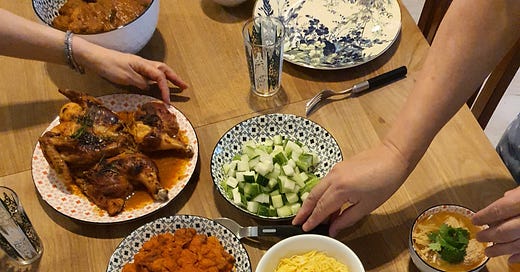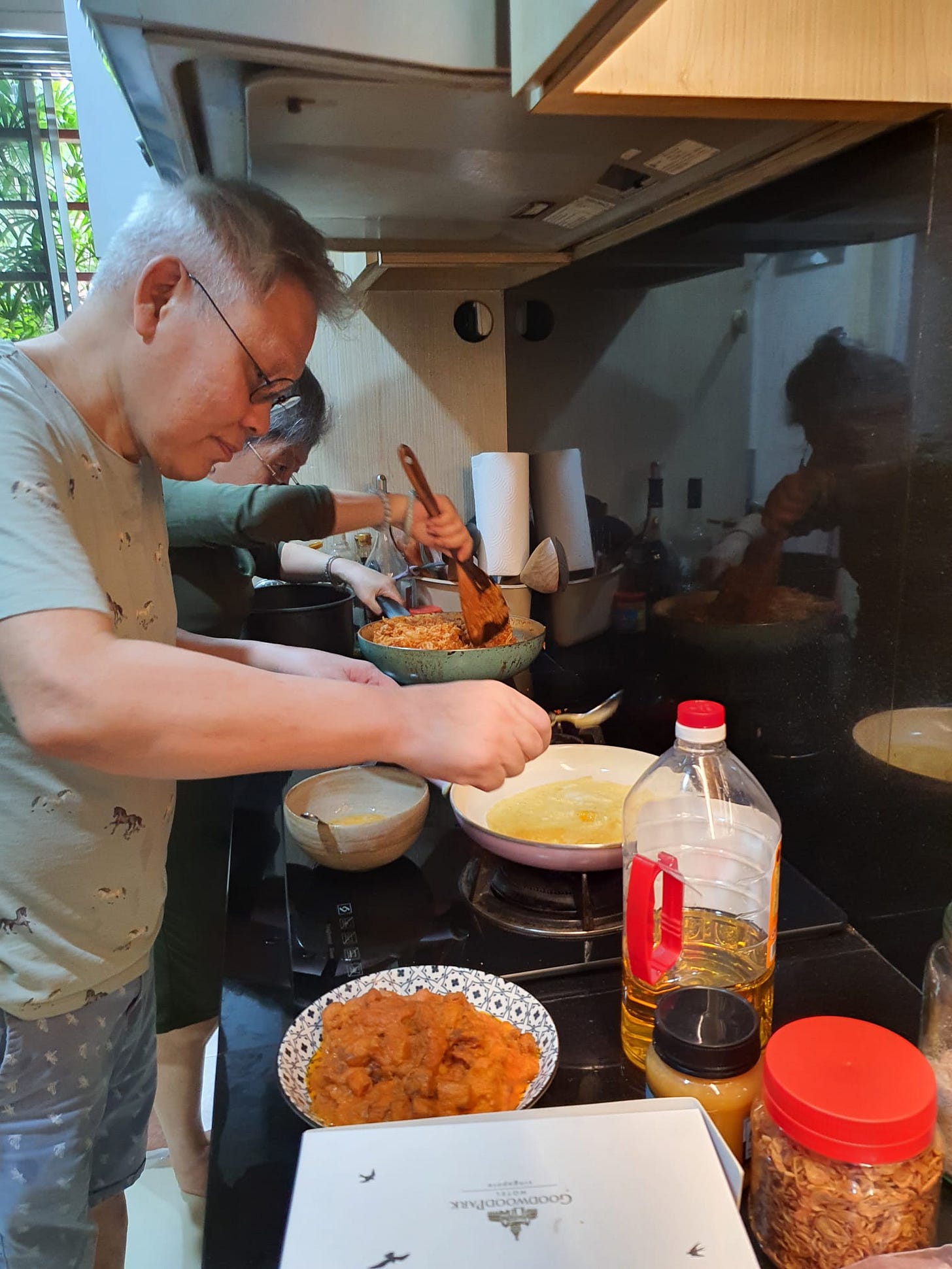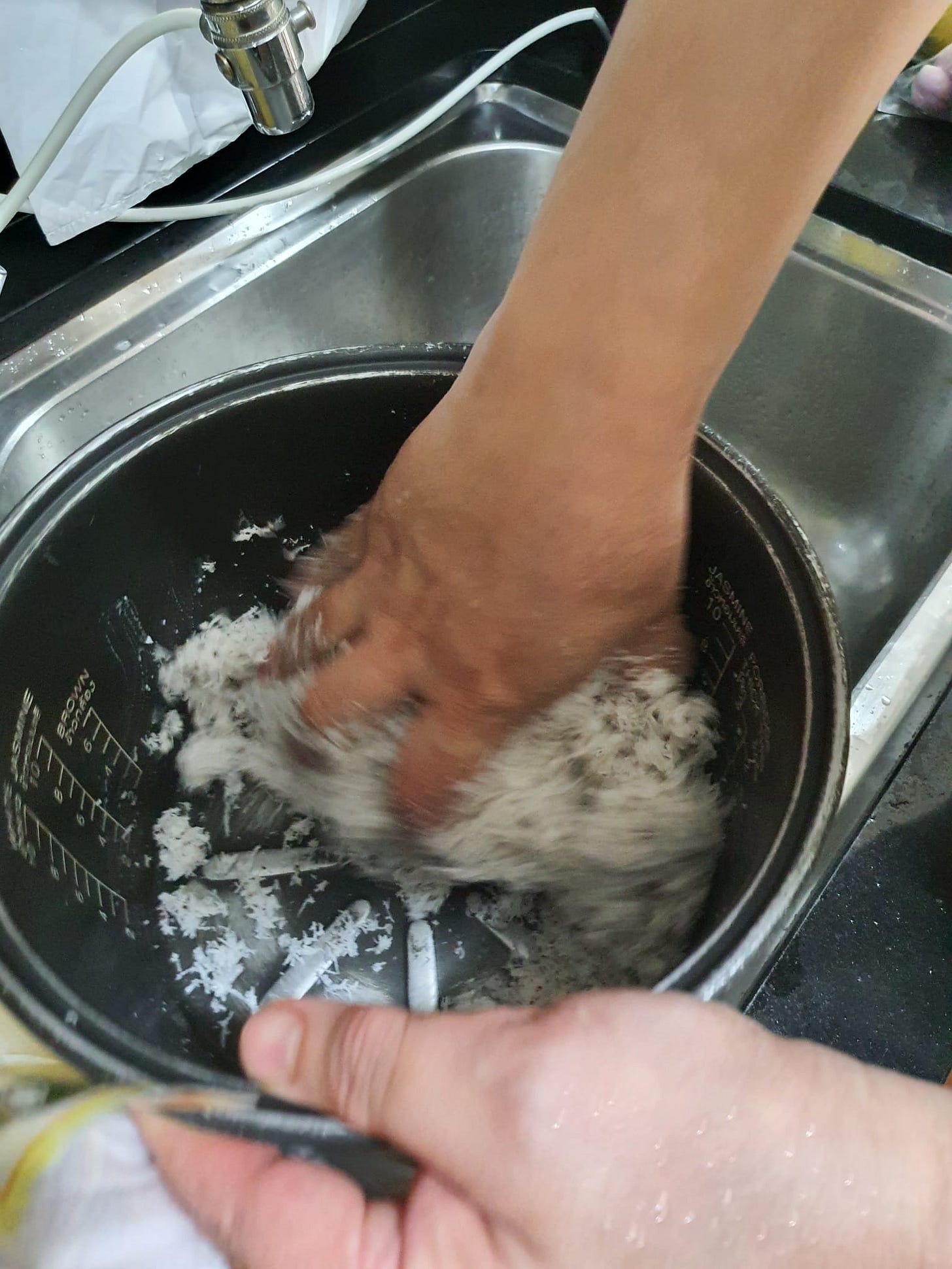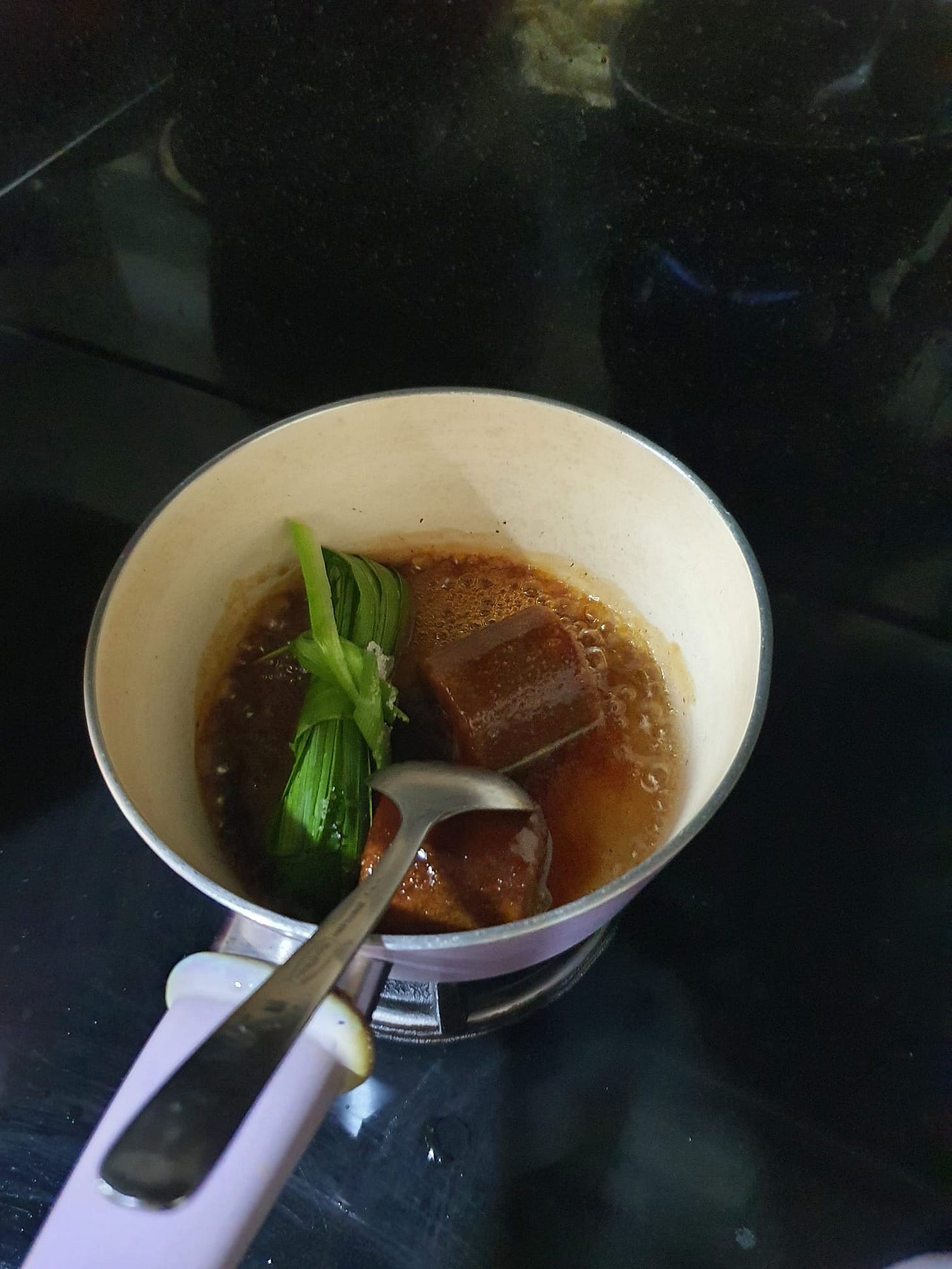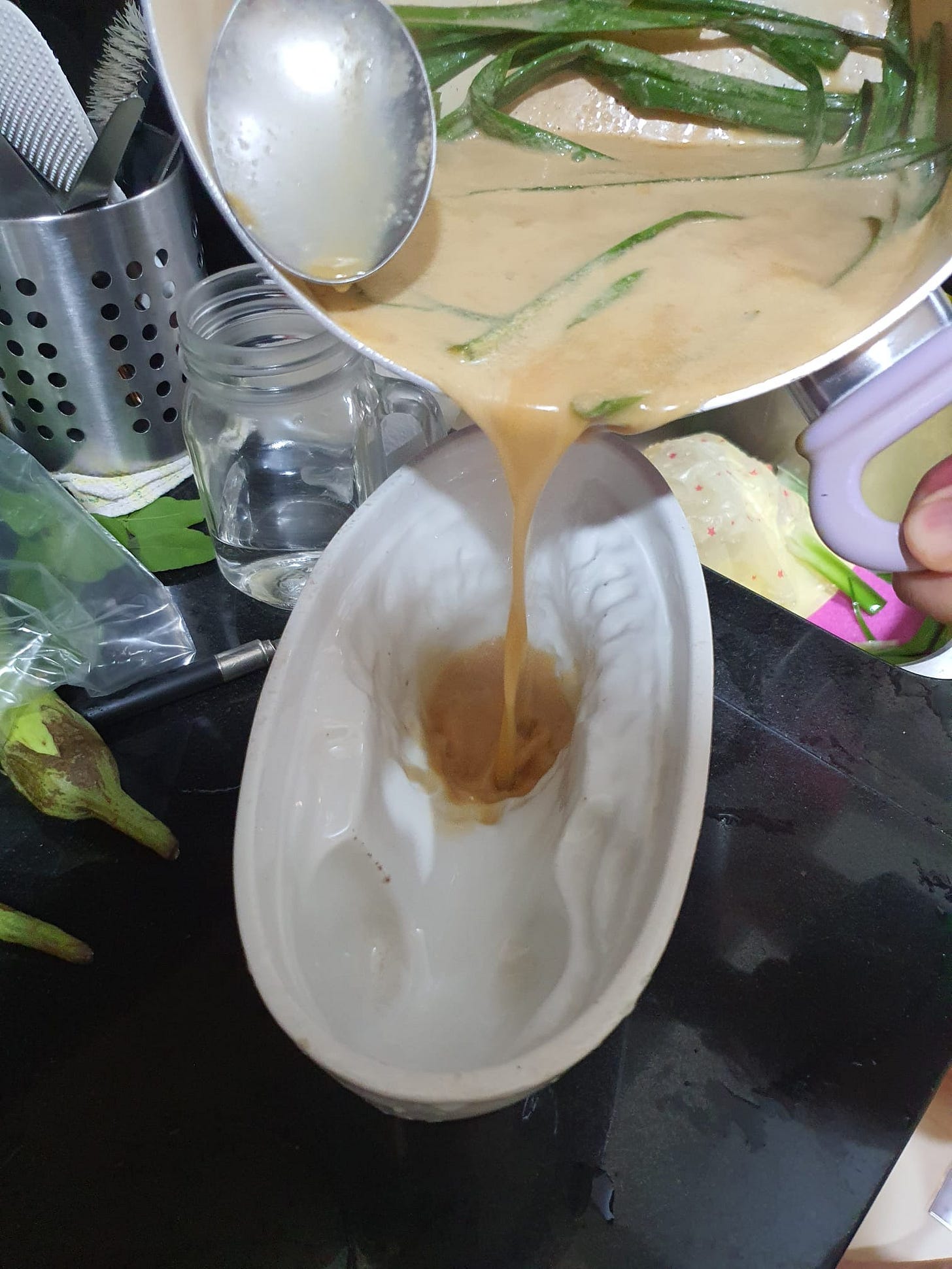I sometimes feel like I grew up with blinders on. For a large part of my life, the people in my sphere had come from such similar backgrounds that it is ironic to think that I lived in a country that prides itself on being rojak.
When I turn the matter over in my mind, a few factors stand out. For over 20 years, my family lived in an old estate where each unit only had one neighbour on the same level, and it had been a Chinese neighbour living across us all these years. We also used to go to church, where my family found community outside of its nucleus.
My secondary school was a SAP school that offered mother tongue lessons in only Mandarin, which meant that the vast majority of my classmates were ethnically Chinese. While I did have non-Chinese classmates in other schools, race or culture does not really come to the fore when you are dressed in the same uniform, eat the same canteen food, talk about the same projects, and have pressing deadlines to care about. The streaming in the education system then also meant that I had little interaction with those who were too different from myself.
I talk about this quite often with Wex and I tell him that that’s one great benefit of national service being mandatory in Singapore. As a common denominator for all Singaporean males, I view it as a great equaliser that forces people of different strata and backgrounds in society to mingle. Girls are spared from the army, but I find myself very lucky, in retrospect, to have worked in the hospitality industry - both front and back of house. To me, it was the first, true broadening of my world.
The other thing in my life that I’m grateful for is Singapore Noodles. In many ways, it has been a journey of understanding and relearning what Singapore is, and what it means to be Singaporean on a personal level - all through the lens of food.
In the three weeks that I was back in Singapore, I was invited into the homes of some lovely people whom I’ve had virtual conversations with through Singapore Noodles. I was a little apprehensive - I didn’t want to offend anybody with my ignorance of certain customs - but was very excited to step into worlds and ways of living & cooking that were different from my own.
One of my hosts was Lloyd Matthew Tan, a Peranakan cookbook writer and private dining chef. I previously had him on the podcast and felt that he is such an underrated national treasure. Every conversation I have with him, I come away amazed at both his knowledge, as well as his generosity to share it.
The first thing that we made together in his kitchen, along with his lovely sister Laura, was coconut and gula melaka agar-agar. This is a nostalgic dessert, known for the way the jelly naturally separates into two layers as it sets.
We had visited Tekka market earlier in the day, and had the coconut freshly grated for us. There are two forms of grated coconut that you can get from the market - completely white, or white with dark brown specks of skin. While the former is generally eaten as an accompaniment (to appams, for example) or used to coat kuehs like ondeh ondeh, the latter is best for extracting milk/ cream. “You get more yield,” said Matt, as he massaged the flesh with his hands to release the oils.
The coconut was then allowed to "relax” for 5 minutes, before Matt wrung it in a clean piece of cloth to extract the cream.
For sweetening the agar-agar, Matt uses not just gula melaka, but also some coconut sugar, which he says is his own touch to the dessert. The sugars are melted down with water, knotted pandan leaves and salt (like Matt, I’m a big believer of salt in desserts).
Here, he dispenses another tip: to fully release the fragrance of the pandan, pull it into long, thin strips with your fingers. Bundle the strips up, saving one to secure the bundle with a knot.
Agar powder is dissolved in water in a separate pot, and the melted sugar mixture is added. Everything is allowed to come to a rolling boil before adding the coconut cream, which instantly curdles - while this might not be a desired outcome when making curries, the curdling is intentional here as it allows for the separation of the jelly into two distinct layers.
While the jelly set, we did more cooking. There was a whole chicken which was spatchcocked, rubbed with rempah titek, and roasted. Nonya-style fried rice that was full of umami from rempah and chunky haebee (dried prawn) floss. Green eggplant and fresh pineapple pacheri. Sambal goreng. Sides of omelette strips and cubed cucumber to quell the heat.
As much as I was learning how to cook these dishes, I was also observing the siblings in their kitchen. I noticed how, after we had transferred the pacheri to a serving dish, Laura added a mound of cooked rice to the now-empty pot and kneaded it with the film of sauce that clung onto the insides of the pot. I took a spoonful (I’ve not quite mastered the art of eating rice with my hands yet 🤪) while Laura stood eating with her hands in the kitchen as we continued cooking. Nothing went to waste.
To add to our meal were dishes that Matt had prepared days in advance (“I’m going to surprise you" was what he had texted me the day before we met). Each of us had a bowl of pong tauhu - prawn and pork broth that was as rich as bisque (the culmination of three days of work, Matt tells me), in which floated bamboo strips and meatballs. Truly, the best I’ve ever had.
And of course, there was the quintessential Peranakan dish - buah keluak pork ribs. I was given a teaspoon to dig the oily flesh out of the nuts for the unadulterated black gold experience.
Given all the food we were eating, it was a good thing that our dessert was a light one. We slid it out of Matt’s antique British lion blanc-mange mould, and look how glorious:
All the little tips and tricks like extracting coconut cream by hand, shredding the pandan leaves and adding salt to the gula melaka paid off in the end. It was the perfect finish to a spectacular day of learning about Peranakan food culture from the inside. Thank you Matt and Laura for having me and for generously allowing me to share the following recipe with the Singapore Noodles community - it was such a gift spending time with you in your kitchen 🧡
Coconut and Gula Melaka Agar-Agar
By Lloyd Matthew Tan
500g grated coconut, preferably fresh but frozen and thawed should be okay. Either way, opt for the variety with dark brown specks of skin.
150g gula melaka, shaved with a knife
20g sugar
1 tbsp coconut sugar
1/4 tsp salt
1L water
A generous bunch of pandan leaves
15g agar powder
Massage the coconut in a bowl thoroughly. Allow it to rest for 5 to 10 minutes, then place it in a clean piece of cloth and wring it firmly to obtain 300ml of coconut cream.
Combine the gula melaka, sugar, coconut sugar, salt, and 20ml of the water in a small pot. Shred the pandan leaves into long, thin strips, then fold half of the strips repeatedly onto themselves to form a tight bundle. Secure with an extra strip of pandan. Repeat with the remaining half of the pandan strips. Add one pandan bundle to the pot.
Bring the mixture to the boil on low heat, stirring occasionally to encourage the sugars to fully dissolve.
In a medium-sized pot, combine the rest of the water, other pandan bundle and agar powder. When the sugar mixture dissolves, strain it into the pot of water. Bring everything to a rolling boil on high heat.
Add the coconut cream to the pot, stirring well. Continue to cook the mixture on high heat until it comes back to a rolling boil, then turn off the heat.
Run a jelly mould or large bowl under the tap, then shake it upside down to get rid of excess water. Strain the jelly mixture into the mould and allow it to cool completely before placing it in your refrigerator to set. This will take about 2 hours. Unmould and cut the jelly into slices to serve.

